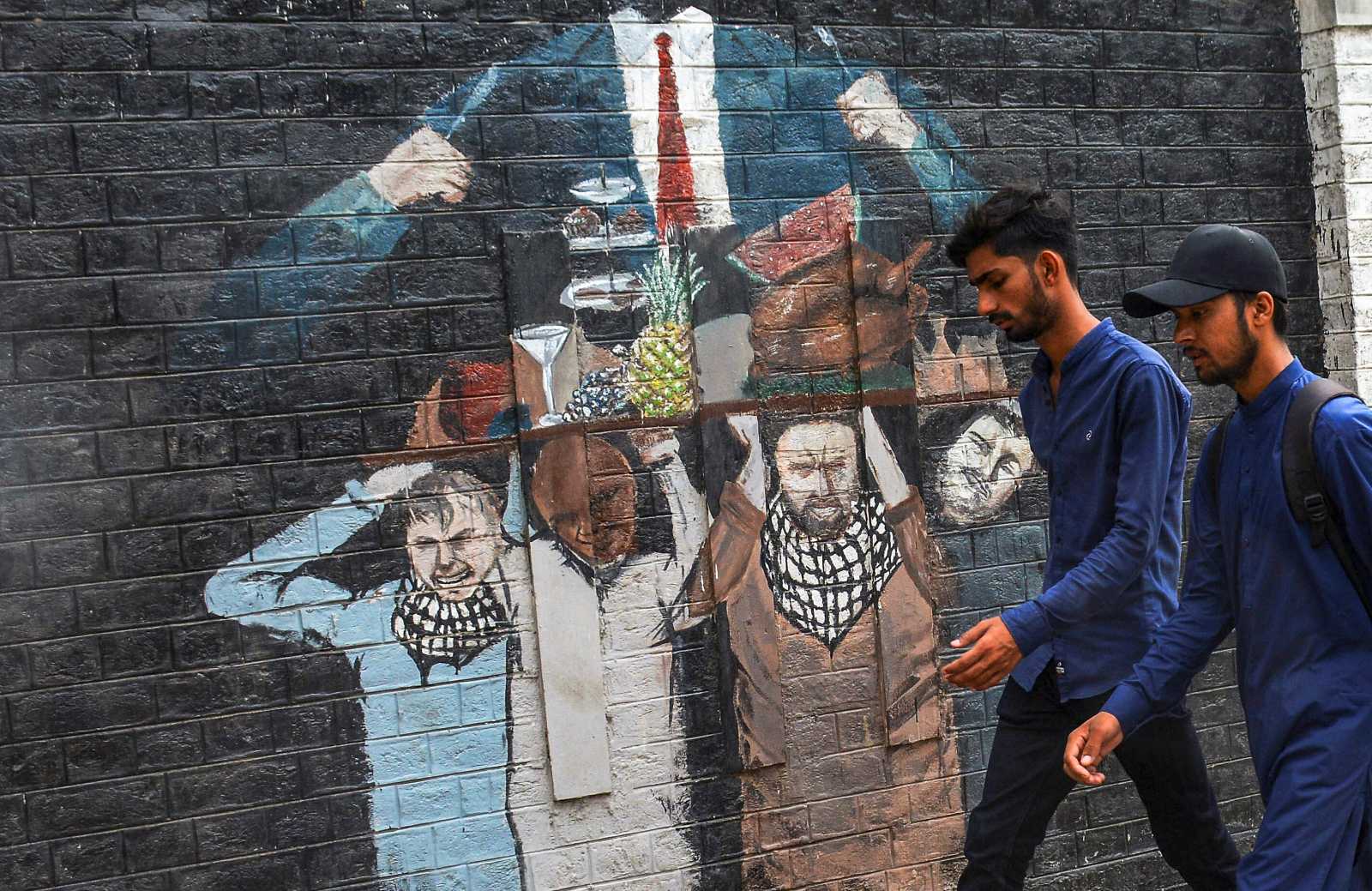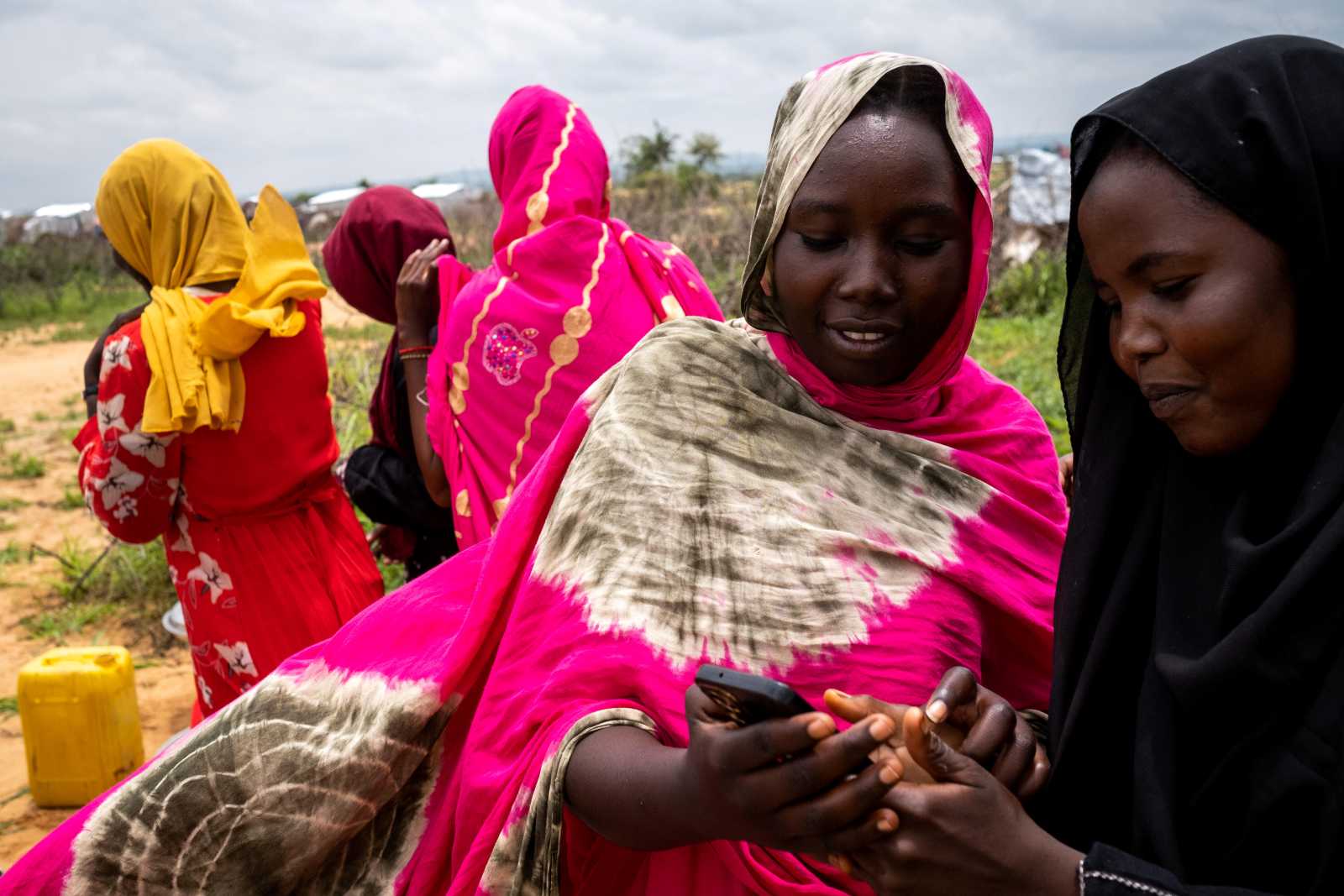Covid-19
Digital learning during the pandemic in Pakistan

Some well-funded private institutions adapted more easily than publicly funded ones. However, infrastructure deficiencies prevented students from all kinds of backgrounds from accessing digital learning.
As an assistant professor of law at Lahore University of Management Sciences (LUMS), I witnessed first-hand how my institution tackled this challenge. Our university moved swiftly to purchase Zoom accounts for faculty and administration, allowing us to transition to online learning within a mere two to three weeks of the initial lockdown. Having already established the practice of offering digital access to reading materials and other learning resources, the switch was not too arduous for us.
However, there were still holdups. Not all faculty members were comfortable with the new technology. What proved even more problematic was the alienation of students who come from less affluent families or reside in areas with inadequate internet access. In Pakistan, internet quality can be patchy across the country (see main text).
These students had relied on campus computer labs and other resources to complete assignments and conduct research. Now they were forced to purchase expensive laptops. However, they were still often unable to establish a reliable internet connection due to poor service in their areas.
Learning from home
Another concern were the cramped and sometimes unsafe learning environments. Some students found themselves sharing small spaces with family members during class time, while others, especially girls, were expected to contribute to household chores. Reports suggest that domestic violence increased.
Before the pandemic, being on campus may have been an equalizer for students from different backgrounds. The lockdowns, however, forced many of them back into those shells. Their socio-economic disparities had a direct impact on their learning progress.
LUMS made an effort to provide internet connection to students who could not afford it. However, the lack of tangible infrastructure in certain parts of the country meant that some students still had to choose between taking time off or returning to campus and living in almost complete isolation to continue their education.
Elite schools like Lahore Grammar School used technologies like Zoom or Google Classrooms for teaching. Their students are predominantly from a few selected localities within the same city, so they often had access to better internet service. They also could afford to purchase packages from multiple internet providers simultaneously, so they had backups. Moreover, they possess better phones and laptops than average pupils. All of these privileges made the transition easier for them. Given that students from poorer households fared much worse, Covid-19 compounded social disparities in Pakistan.
Marva Khan is an assistant professor of law at LUMS (Lahore University of Management Sciences) and co-founder of the Pakistani Feminist Judgments Project.
marva.khan@lums.edu.pk
















